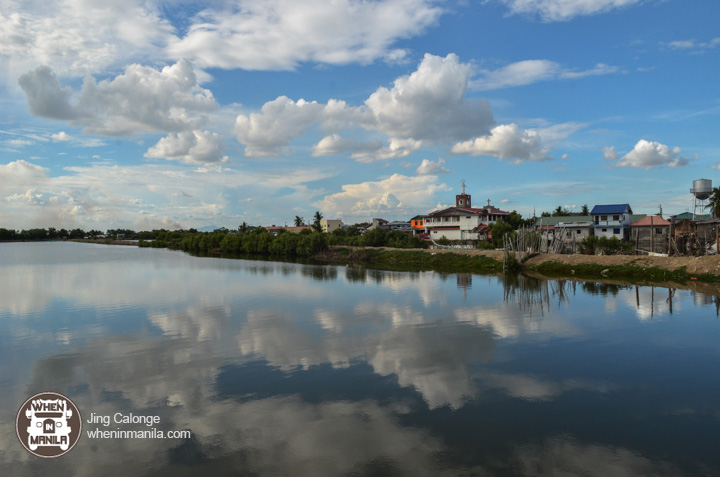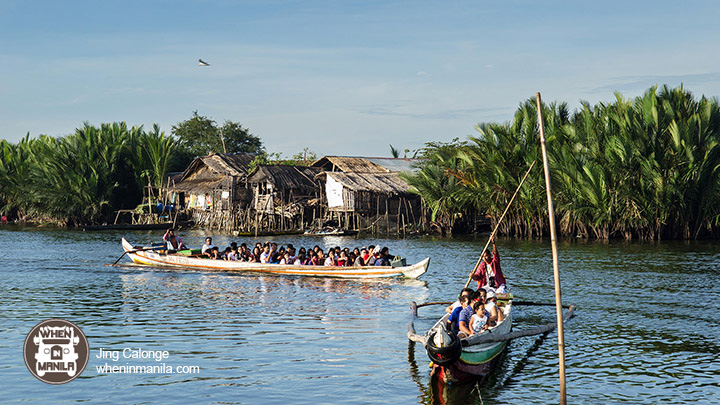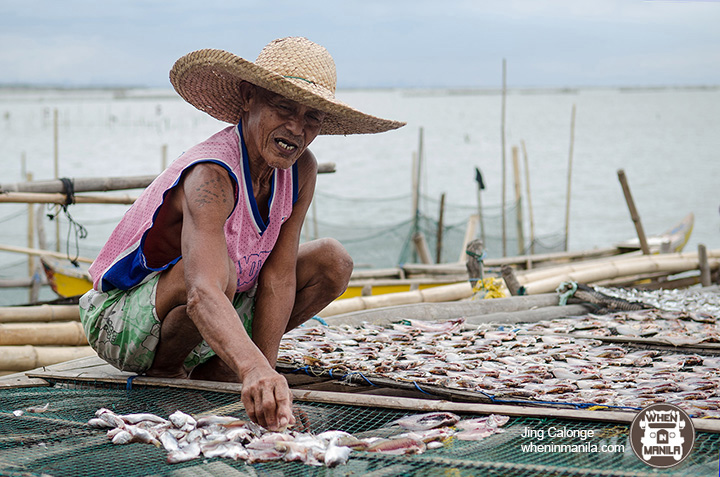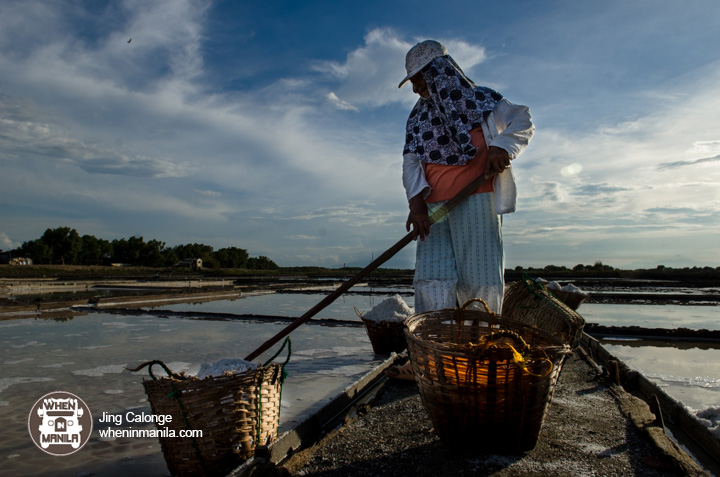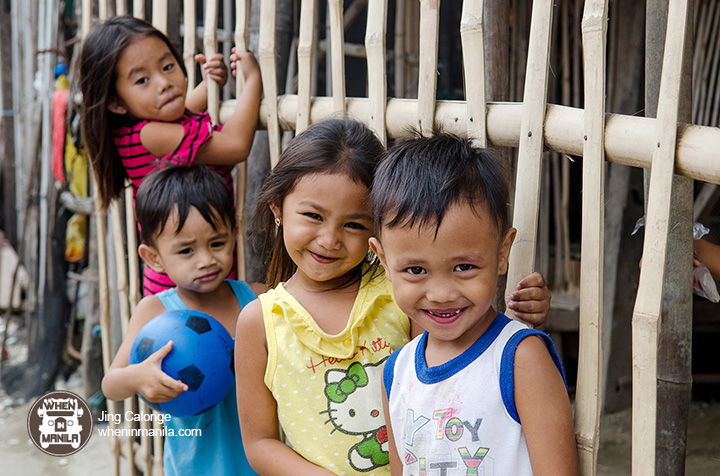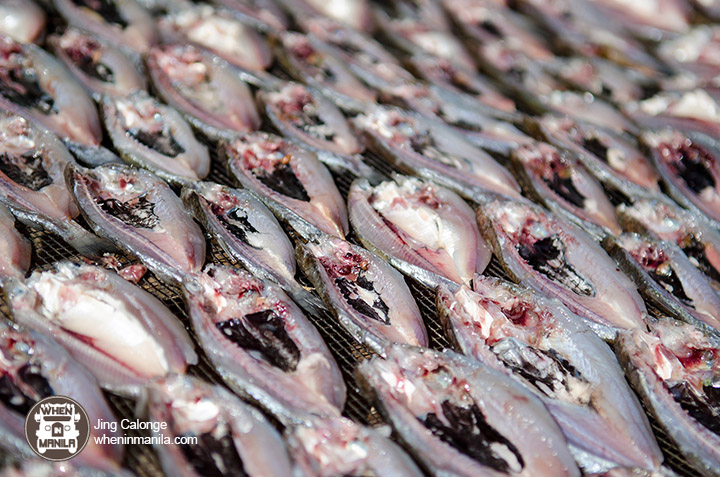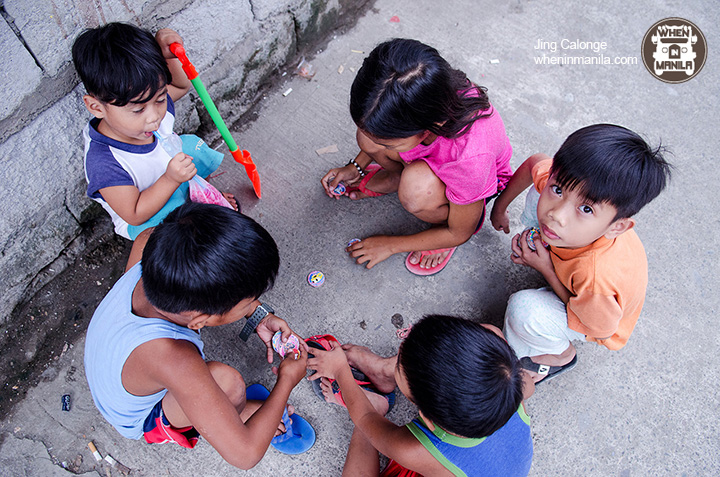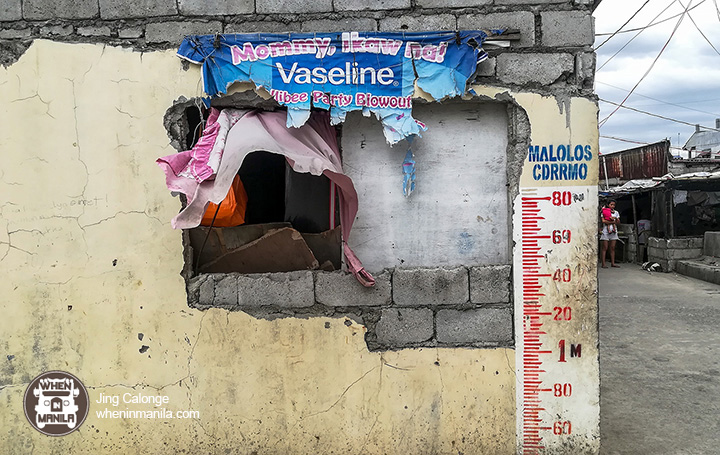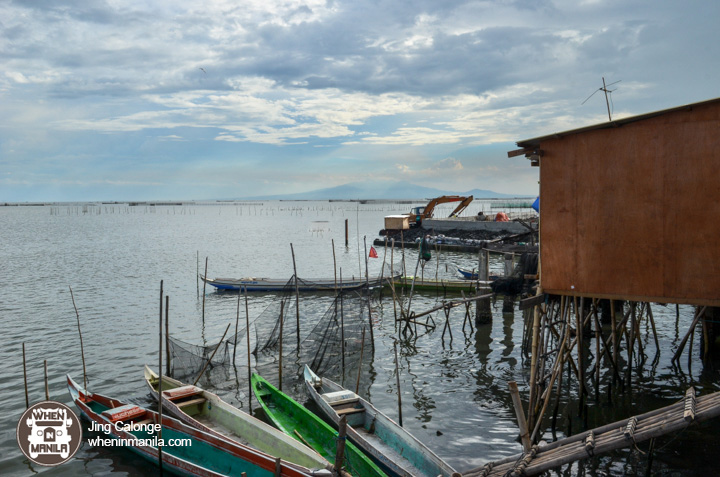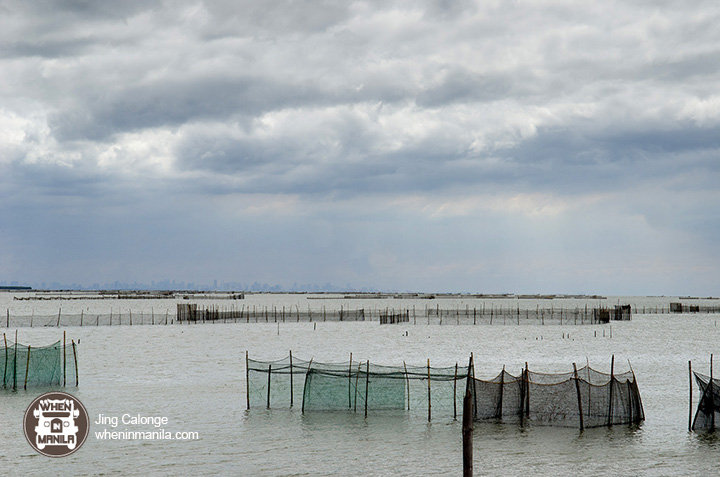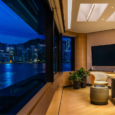What island? There’s an island in Malolos City? Pamarawan Island, a small barangay in Malolos, Bulacan, is not like the way you picture most islands, which are separated hundreds of meters away from the mainland. At the south of Pamarawan Island is Manila Bay and along the rest of its perimeter, the island is separated by only about 20 meters wide of brackish water channel.
You probably wouldn’t imagine having a boat ride in Malolos, unless during rainy season, when flooding is unfortunately common in certain areas. Pamarawan Island can be reached through a boat ride from the Panasahan Fish Port in Malolos. The fish port is one tricycle ride away from Malolos Bayan. The 35 to 40-minute boat ride along brackish water will take you through mangrove and nipa palm-rimmed waterways and plenty of fish pens.
Read more about Malolos here: Don Antonio Bautista Heritage House in Malolos, Bulacan
Let me introduce you to Pamarawan Island, the quaint coastal island in Malolos that only a few might have heard about. Here are some of the curious things about Pamarawan Island that will make you want to visit it When in Manila or anywhere else nearby.
10 Curious Things About Pamarawan Island in Bulacan
10. Fish, crabs and shrimps are cheap.
Pamarawan Island is a fishing community with a rich source of fish, crabs and shrimps. The name Pamarawan traces back to the term “paraw” or shrimp. Residents of Pampanga then love visiting the place because of the abundance of shrimps. They used to call it Parawan until it became Pamarawan.
Local men would go to the mid sea or construct fish corrals (or baklad in Tagalog) to catch fish and shrimps. These are sold in bulk at a cheap price at the nearby fish market and in Malolos City. On the other hand, women cook shrimp paste or alamang for selling or prepare the fish for sun drying.
9. Nipa palm or “sasa” is used for vinegar.
On the way to Pamarawan Island from Panasahan Fish Port, you will already see nipa palm trees or sasa along the banks. In Bulacan, fruits of sasa are well-known sources of vinegar. Paombong, another Bulacan town, is more renowned for sukang sasa, more popularly known as Sukang Paombong. Nonetheless, Pamarawan is also a source of sukang sasa, which the residents commonly use to pickle dampalit leaves.
8. Salty is never a bitter word in Pamarawan Island.
Salt production is another source of livelihood for Pamarawans. They have wide salt fields where salt is produced the traditional way. Saltwater is drawn into the shallow ponds, where the sun evaporates most of the water. Salt is gathered manually every afternoon using rakes and then collected in baskets. Salt fields only operate during the dry season. Even so, no salt field…no problem because the salt ponds become fish ponds during the rainy season.
7. Mangroves are nurtured in a designated area of the island.
Republic Cement, in cooperation with the Department of Environment and Natural Resources, Malolos City Government, Bulacan Provincial Government, and Bulacan Lowland and Upland People’s Organization, had embarked on a mangrove rehabilitation project in Pamarawan Island. The brackish water around Isla Pamarawan is an ideal environment for growing mangroves.
Why the concern over mangroves? Mangroves provide breeding grounds for fishes, crabs, shrimps and birds. Mangroves also act as shield against strong winds and waves, thereby, offering protection to coastal communities against tidal surges.
6. The residents are welcoming.
Being a small community of around 5,000 people, the residents of Pamarawan Island will most likely know if someone is from Pamarawan or not. They are maybe just tired of seeing the same people every day, but their warm smiles and friendly gestures to new faces like us, nonetheless, made us feel welcome. Just as I am curious about their daily lives, they too, are curious why we visited Pamarawan Island.
I went with my Bulacan photography club friends for a photowalk around Pamarawan. Avid photographers will undoubtedly never run out of interesting subjects to shoot in this island. The people, especially the children, would willingly give out their best smiles to pose for you.
Read more about Bulacan here: 5 Places to Visit In Bulacan This Summer
5. Meat is something special in Pamawaran Island.
As anyone can imagine, it should be normal for people living their daily lives on fishing to crave for anything non-fish sometimes. We met a Pamarawan local who generously offered us dried fish for free. Though she definitely wasn’t expecting something in return, we asked her what we can offer her back if we return to Pamawaran.
We did return a few weeks after our first visit and brought her and her family some sweets and processed meat. I can’t believe the thrill in her eyes as she received our present. Just as fresh fish is probably a treasured commodity in a landlocked area, meat on their dining table is as special for a fisherman’s family.
4. There is no noise pollution from tricycles.
Because Pamarawan Island is small, people here move around by biking, walking and riding public tricycles. Their tricycles aren’t the usual noisy two-stroke engine motors that generate air pollution. Instead, they use electric vehicles that resemble tuk tuks in other Southeast Asian countries. Cool, isn’t it? The only disadvantage is that the tricycle moves so quietly, you wouldn’t notice one approaching behind you.
3. People embrace the simple life.
In a modern world with luxurious trappings, the people of Pamarawan Island have managed to keep life simple. Whether it’s by choice or a consequence of being reachable only by boat, people here enjoy a simple lifestyle.
Some kids were playing those pog-like caps which I remember last seeing perhaps in the 1990’s. Some children had found a spacious playground by running along the salt pond’s dike. Seeing them enjoying a simple life left a food for thought for me. What a great thing it would be to feel satisfied with what you have rather than what you want.
2. Tidal flooding has become a way of life.
Flooding is a regular thing in flat coastal communities like Pamarawan Island. Flood water could get from ankle-deep to as high as one foot. The situation becomes worse if high tide coincides with heavy rains. Floods are not caused solely by natural tides. Sadly, flooding is likely aggravated by the clogging of waterways due to the lack of proper solid waste management.
No community is perfect. Recognizing the problem, however, is a first step towards working on solutions to improve the situation.
1. You can see the Manila skyline from afar.
The southern part of Pamarawan Island faces Manila Bay. Beyond the fish corrals, on a clear day and a clear eyesight, you can view Bataan and Manila’s Roxas Boulevard skyline from afar. The buildings in Manila could be seen tinier than your toenail, which slowly lights up as twilight falls.
The local tourism office has slated Pamarawan Island as one of the sites in Bulacan as recipients of tourism development projects. Pamarawan has a huge prospect for community-based tourism and thereby a potential of becoming a Bulacan tourist spot. Find out about other Bulacan tourist spots here.
Why not make Pamarawan Island your next destination? It’s near Metro Manila. Try visiting sometime.

